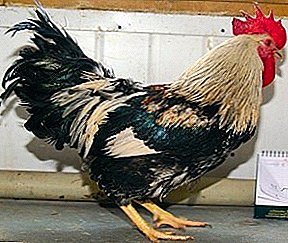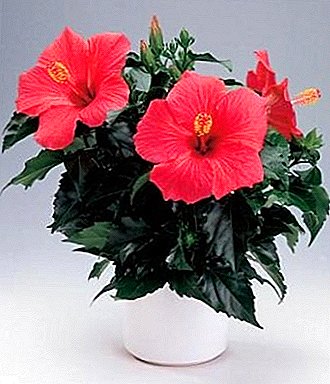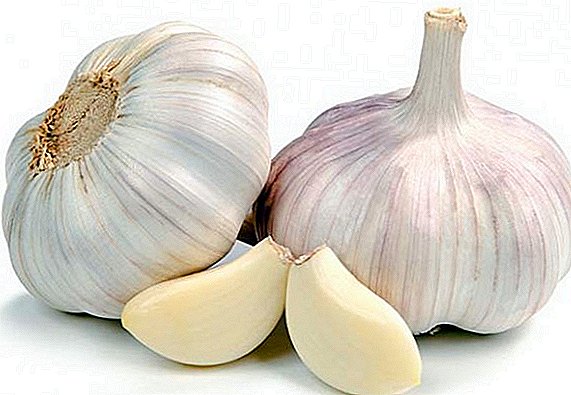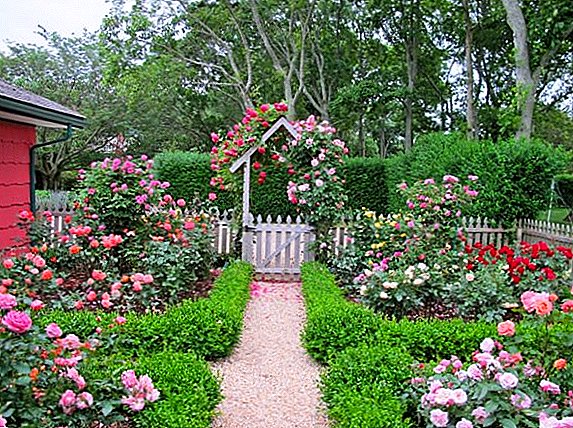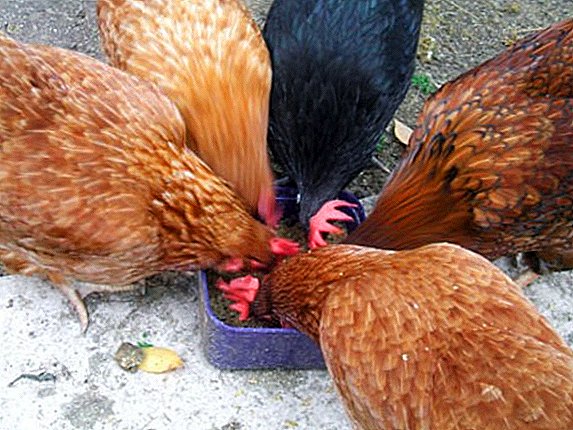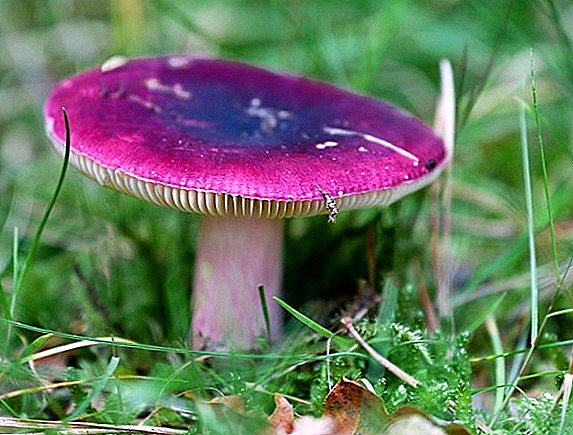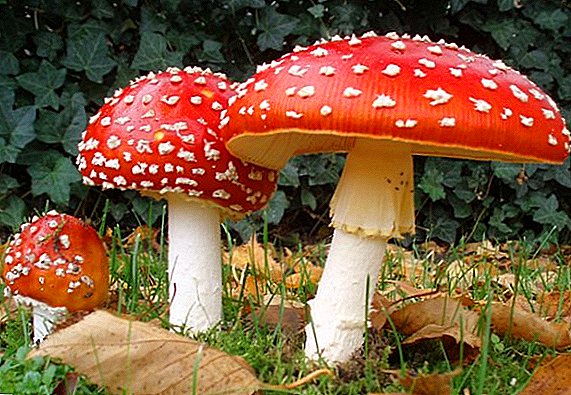
Chlorophytum has earned the fame of one of the most unpretentious indoor flowers.
Besides, plant pot will decorate with its decorative look any interior, and even a novice in floriculture can reproduce a flower at home.
Brief description of the form
 Chlorophytum curly, also known as Chlorophytum Bonnie, is a perennial plant.
Chlorophytum curly, also known as Chlorophytum Bonnie, is a perennial plant.
The flower is a rosette of thin, long, twisting under a bunch of leaves.
In room culture, the overgrown shrub of chlorophytum completely hides a pot under the lush hat of the leaves of the plant.
Decorative view of the leaves of the flower gives not only unusual curved shape, but also original color. Along the entire length of the leaves is a contrasting white strip. In place of small flowers are formed children chlorophytum.
Visually familiar with Chlorophytum curly can be in the photo below:




Home care
It is difficult to choose a more unpretentious indoor plant for home gardening than chlorophytum. But in order for a flower in a pot to be a real decoration of your home, you should follow some simple rules for keeping a plant.
Can I keep at home?
Chlorophytum is often planted on the plot without a pot. In indoor floriculture most popular varieties plants:
- curly;
- crested
- Orange.
REFERENCE! In addition to the aesthetic function of the flower, the leaves of the plant also have an important healing role, cleaning the air in the room.
Pruning
 Formation of the crown is performed by pinching and cutting leaves.
Formation of the crown is performed by pinching and cutting leaves.
But trimming a flower is required for a plant only when it is necessary to remove diseased or damaged leaves.
The flower has a very attractive form from nature, and the plant is valued by growers for its natural, laid-back beauty.
Watering
Chlorophytum curly characterized by high endurance to short drought.
Plant it is safe to leave unattended and wateringGoing on vacation for 3-4 weeks. During this time, the flower will use the moisture accumulated in the thick roots, but this mode will affect the appearance of the plant: the leaves will look faded and the curls will sag.
However, chlorophytum quickly returns the former decorationwhen the florist re-waters the plant in his usual mode.
The optimum moistening of the earth coma in the pot will be:
- abundant watering plants on summer days with the removal of excess water from the pan under the pot;
- rare moderate watering during the autumn-winter period - each next exercise after the soil in the pot is completely dry.
IMPORTANT! The water used is separated at room temperature. Carefully monitor the condition of the leaves of the plant. If the tips of the leaves of a flower turn brown or spots appear on the leaf plate, go to a more moderate watering of the earth in a pot.
Planting and transplanting plants
 Nutrient substrate for planting chlorophytum can be purchased at a specialty storebut easy to cook her for a flower by myself.
Nutrient substrate for planting chlorophytum can be purchased at a specialty storebut easy to cook her for a flower by myself.
For the plant you will need:
- sod land - 2 parts;
- humus earth - 1 part;
- leaf earth - 1 part;
- river sand - 1 part.
Received soil mixture should be loose. A drainage layer is arranged at the bottom of the pot so that water does not stagnate under the flower - this is harmful for chlorophytum.
Under favorable conditions and proper care, chlorophytum grows quickly, and the old pot becomes small over the year. therefore transplantation is required annually. In close capacity, the plant refuses to bloom. But in too large a flower pot will be uncomfortable.
Transplant plants perform in late winter - early spring. A new pot should be 1-2 cm larger in diameter than the previous one. When the flower becomes too large, the bush is neatly divided into several parts and planted in separate pots.
The transplant is performed in the following sequence:
- A few hours before the procedure, pour chlorophytum.
- In a new pot, pour a layer of expanded clay or broken brick for drainage.
- Remove the plant from the old pot along with the earthy ball and place it in a new one.
- Add the required amount of soil to the new pot.
- Tamp the soil in a pot and pour.
Growing from seed
 Seeds differ in low germinationtherefore, they must be prepared before planting.
Seeds differ in low germinationtherefore, they must be prepared before planting.
To do this, planting material is soaked for a day in a pot of water. Seeding technology is as follows:
- Seeds are laid out on the surface of a moist nutrient substrate.
- The pot with crops cover with a film.
- The container is left in a dark warm place.
Care is in regular airing of a pot and moistening of crops. When sprouts develop 2-3 leaves, the plants are planted in separate pots.
Reproduction in indoor conditions
In addition to dividing the bush and sowing seeds, chlorophytum is available another way of reproduction - lateral flower branches. To do this, children are separated from the mother plant and immediately planted in pots. If the appendix does not have its own roots, it is left in a glass of water for several days. You can do this kind of breeding in any month of the year.
Temperature and lighting
Chlorophytum not sensitive to temperature. However, it has been observed that with sharp fluctuations the leaves of the plant may turn yellow.
In addition, during the winter months it is undesirable for the thermometer in the room where the flower is contained to fall below + 15 ° C.
Place for chlorophytum choose sufficiently lit, but not in direct sunlight. You can leave a flower on the windowsill or in the back of the room on a stand.
It should be taken into account that with a lack of lighting the leaves lose their decorative variegation and contrasting color.
The benefits and harm of the flower
Chlorophytum leaves have an amazing ability to clear the surrounding space from unhealthy carbon compounds, xylene.
Plant indispensable in combating formaldehyde fumeswhich are present in the room after a fresh repair. It is helpful to keep chlorophytum in the kitchen, as its leaves perfectly absorb harmful fumes.
Diseases and pests
 The plant is fairly resistant to diseases and pests.
The plant is fairly resistant to diseases and pests.
But with improper care, chlorophytum leaves are attacked by such parasites as aphid, thrips, nematodes. In the fight against them are effective insecticides and fungicides.
Insect pests can get into your home with another bouquet of flowers, so do not put them in a vase next to the pots.
Inexperienced growers complain of such plant afflictions as drying up and curling leaves. This deficiency can be caused by different reasons.
When the tips of the leaves dry, the problem often lies in dressing. It is necessary to exclude those fertilizers that contain sodium. Also, the cause of the drying leaves may be covered in excessive dry air.
Yellow foliage flower indicates excessive soil moisture. In this case, you need to check whether the roots are rotting. If the fears are confirmed, chlorophytum is transplanted into a fresh substrate, after removing the damaged areas of the roots.
A similar problem also arises when a pot with a flower stands in a draft.
Curly Chlorophytum - an excellent flower for those who want to plant trees on their homes, but still have little experience in indoor floriculture.Plant undemanding care, the flower multiplies easily, and its leaves effectively cope with the task of cleaning the room from harmful chemical fumes.



